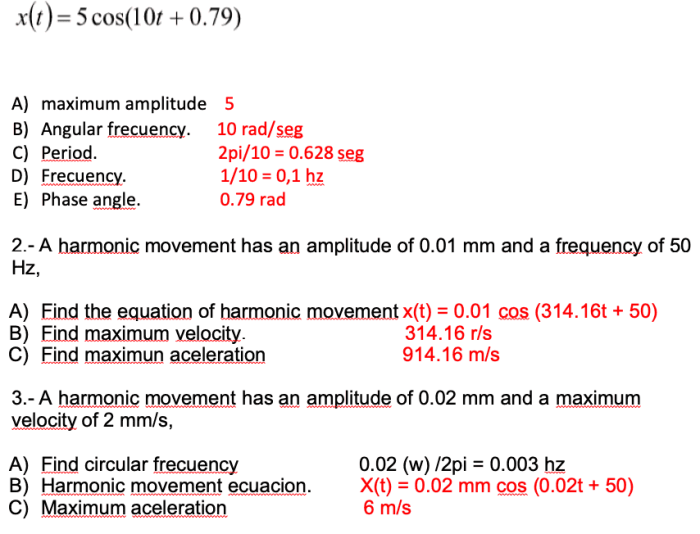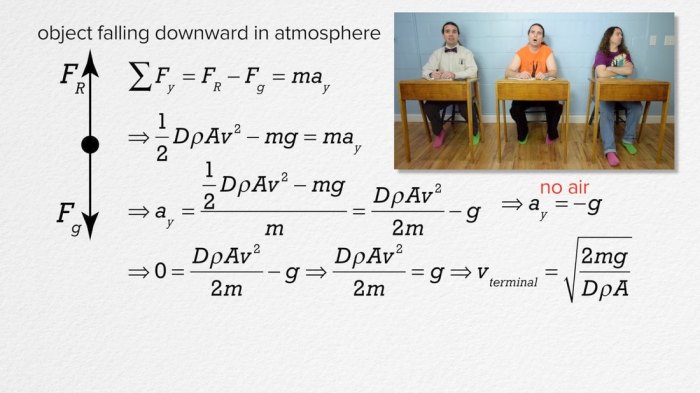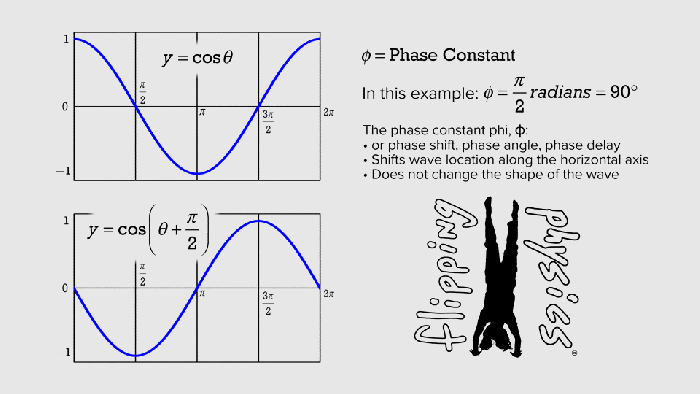Ap physics c simple harmonic motion frq – AP Physics C: Simple Harmonic Motion FRQ delves into the fascinating world of periodic motion, exploring its characteristics, energy dynamics, and real-world applications. This comprehensive guide provides a thorough understanding of this fundamental concept, equipping students with the knowledge and problem-solving skills necessary for success on the AP exam and beyond.
Simple harmonic motion (SHM) is a type of periodic motion where an object oscillates back and forth around an equilibrium point. It is characterized by its amplitude, frequency, and period, which are interrelated through mathematical equations. The conservation of energy in SHM ensures that the total energy remains constant, with potential and kinetic energy interconverting during the oscillation.
Definition of Simple Harmonic Motion

Simple harmonic motion (SHM) is a periodic motion where the restoring force is directly proportional to the displacement from the equilibrium position and acts in the opposite direction.
Mathematically, SHM is described by the equation:
x = Acos(ωt + φ)
where:
- x is the displacement from the equilibrium position
- A is the amplitude of the motion
- ω is the angular frequency
- t is the time
- φ is the phase angle
Characteristics of Simple Harmonic Motion: Ap Physics C Simple Harmonic Motion Frq

SHM is characterized by several properties:
- Amplitude: The maximum displacement from the equilibrium position.
- Frequency: The number of oscillations per unit time.
- Period: The time taken for one complete oscillation.
The period (T) and frequency (f) are related by the equation:
T = 1/f
Energy in Simple Harmonic Motion

In SHM, energy is conserved. The total energy (E) is the sum of the potential energy (U) and kinetic energy (K):
E = U + K
At any point in time, the potential energy is:
U = 1/2kA2cos 2(ωt + φ)
and the kinetic energy is:
K = 1/2kA2sin 2(ωt + φ)
where k is the spring constant.
Applications of Simple Harmonic Motion
SHM is found in many real-world applications, including:
- Pendulums
- Springs
- Vibrating strings
- Sound waves
- Resonance
SHM plays a crucial role in fields such as physics, engineering, and music.
Problem-Solving Techniques

Solving SHM problems involves the following steps:
| Step | Formula |
|---|---|
| Identify the type of SHM | – |
| Determine the amplitude, frequency, and period | – |
| Write the equation of motion | x = Acos(ωt + φ) |
| Apply initial conditions | – |
| Solve for the unknown variables | – |
Illustrative Examples
| Scenario | Calculations | Explanation |
|---|---|---|
| A mass-spring system oscillates with an amplitude of 0.1 m and a period of 1 s. | ω = 2π/T = 2π/1 = 2π rad/s | Angular frequency is calculated using the period. |
| A pendulum swings with a frequency of 1 Hz. | T = 1/f = 1/1 = 1 s | Period is calculated using the frequency. |
FAQ Explained
What is the equation for simple harmonic motion?
x = A cos(ωt + φ)
What is the relationship between amplitude, frequency, and period in SHM?
T = 1/f, where T is the period, f is the frequency, and A is the amplitude.
What are some real-world examples of SHM?
Pendulums, springs, vibrating strings, and sound waves.